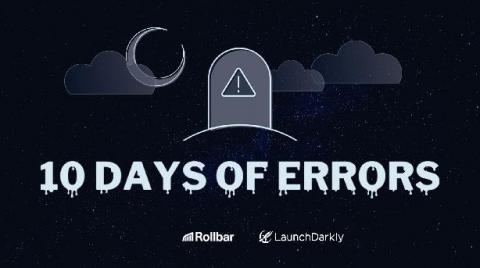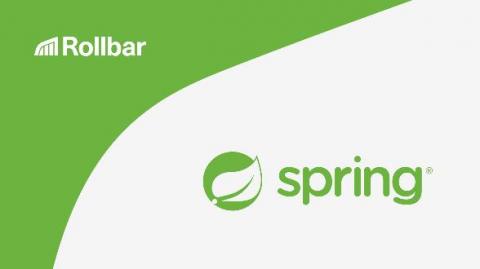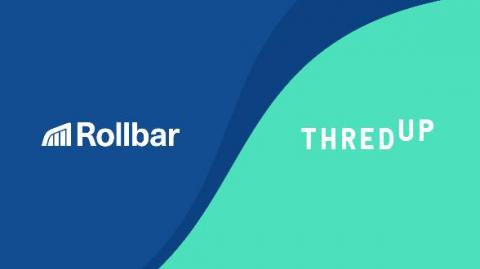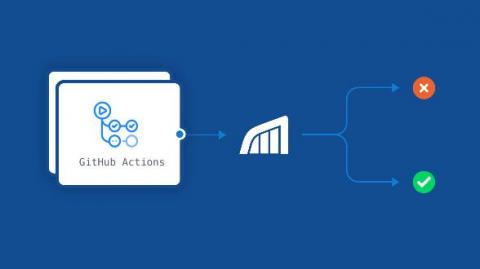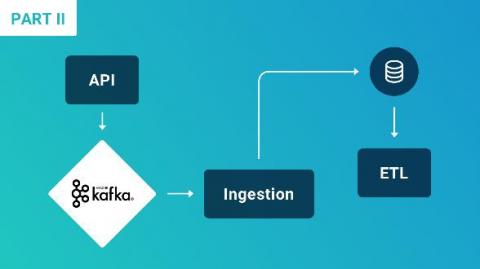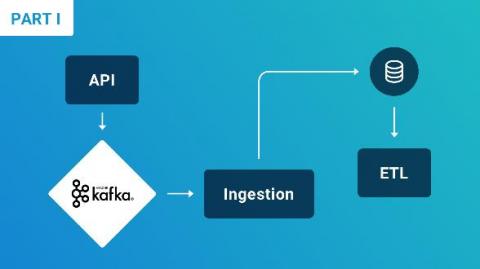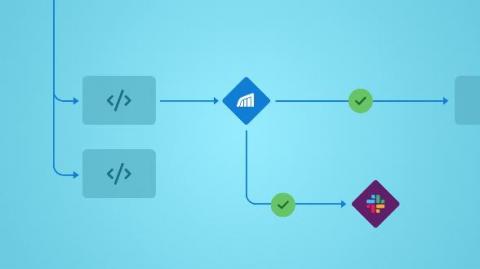10 Developer Horror Stories To Keep You Up at Night
We software engineers like to think ourselves unflappable. Consider that we spend most of our days staring at glowing pages of eldritch horror that no mortal was meant to witness. We whisper and type our otherworldly incantations, all the while feeling the hungry gaze of a lurking cross-site scripting bug, or a shadowy use-after-free, or an accidental summoning of ZALGO. (H̨e̛ ̕c͢om͢es, you know.)


